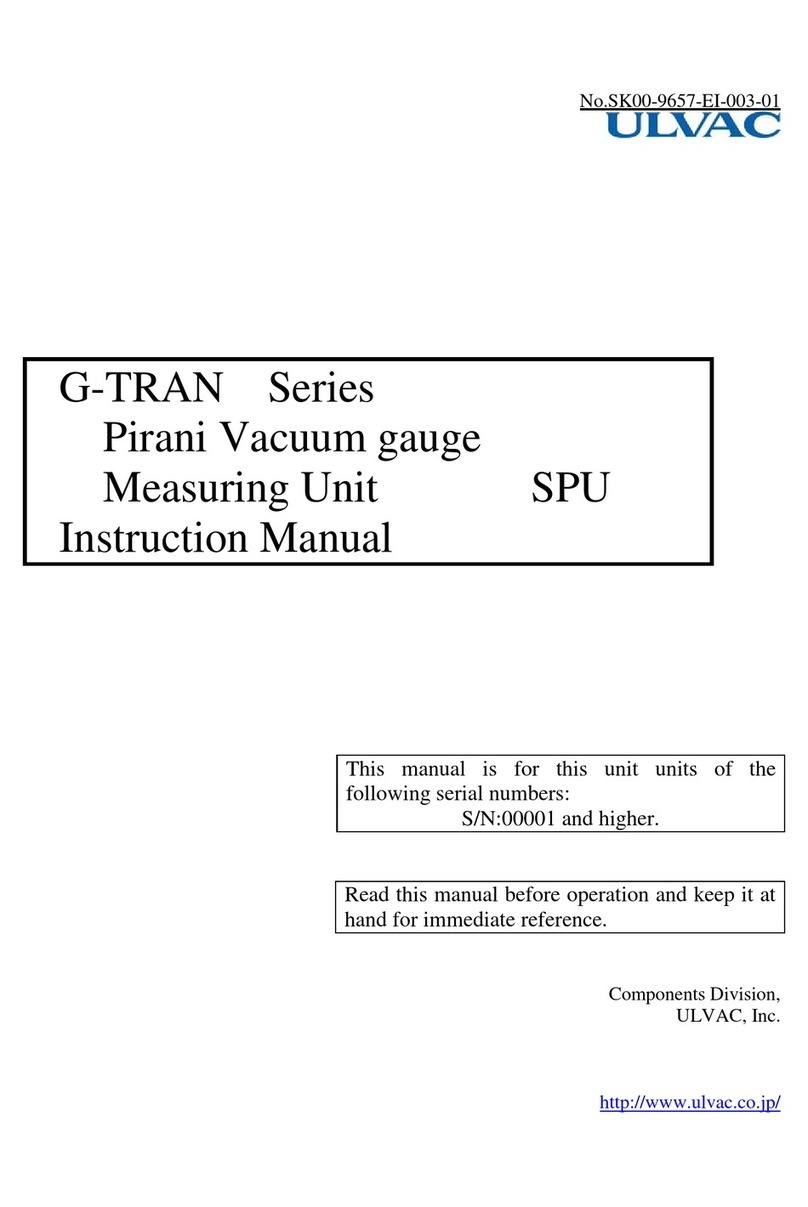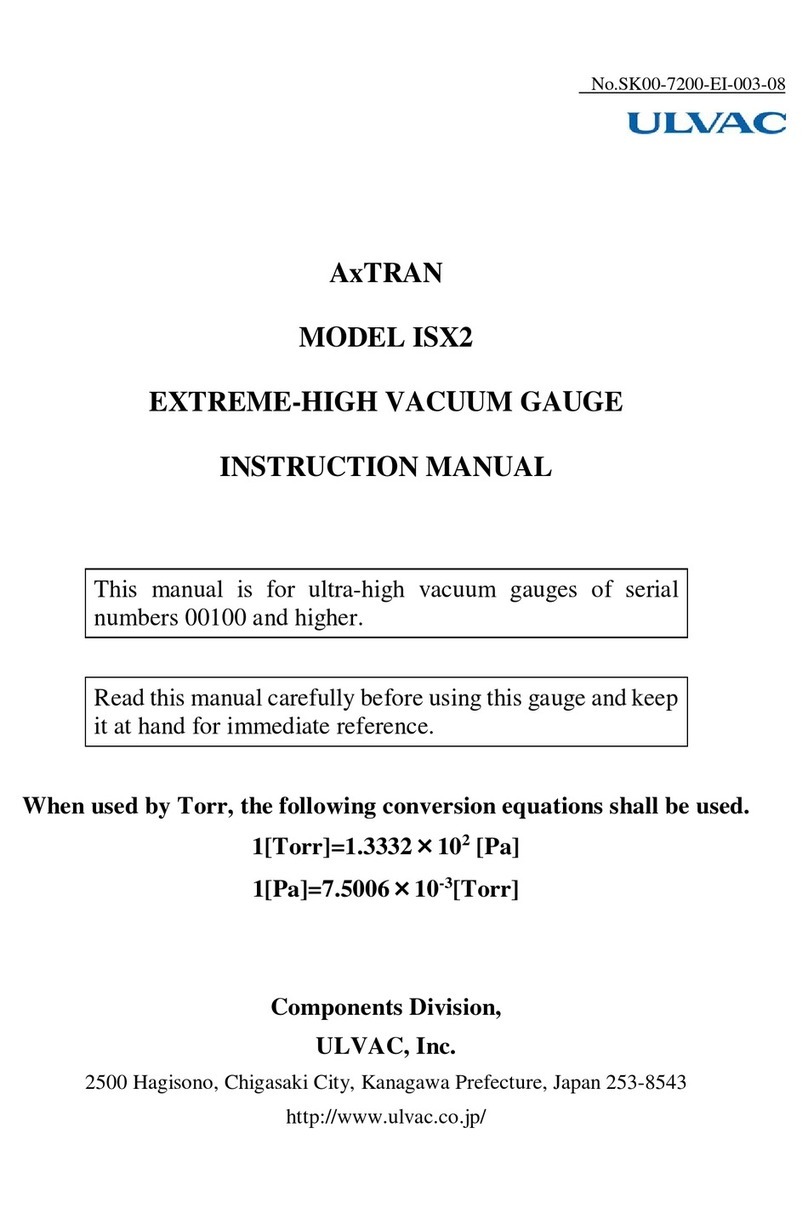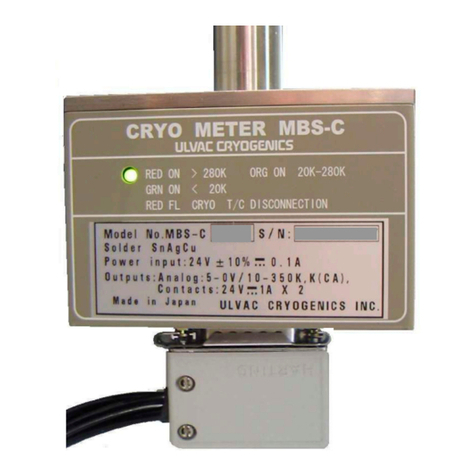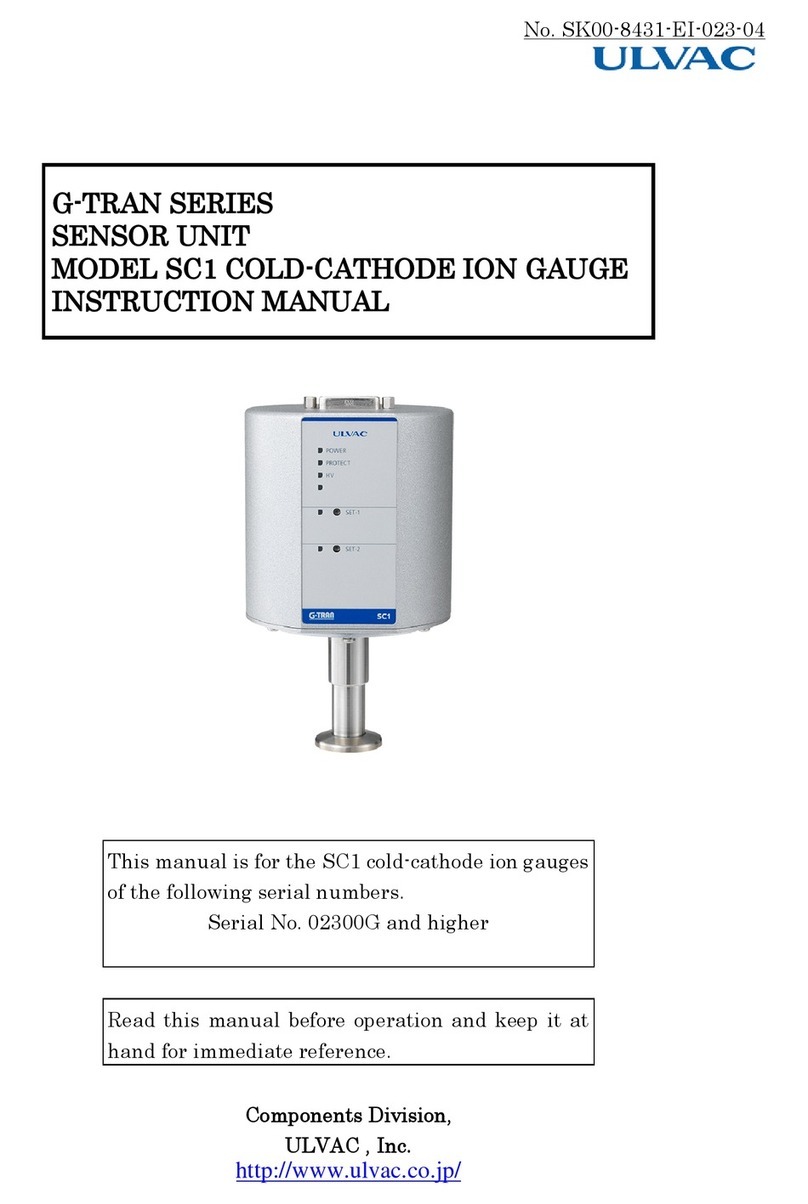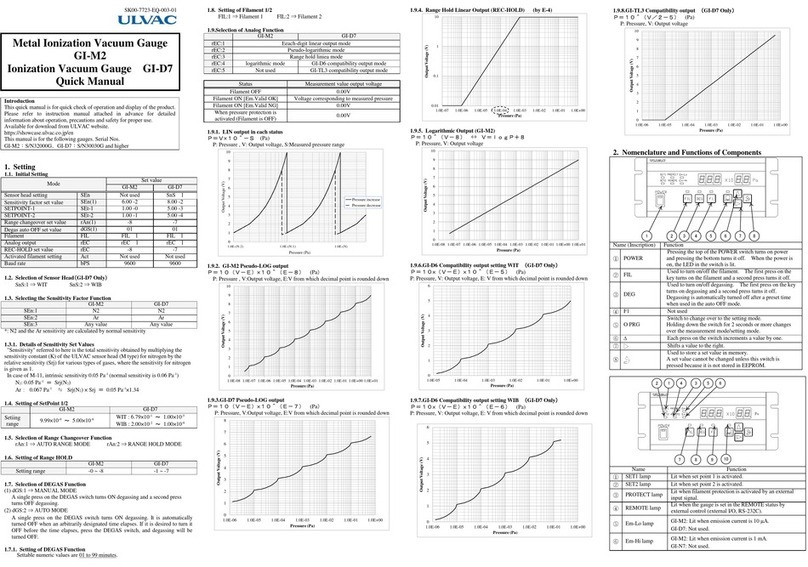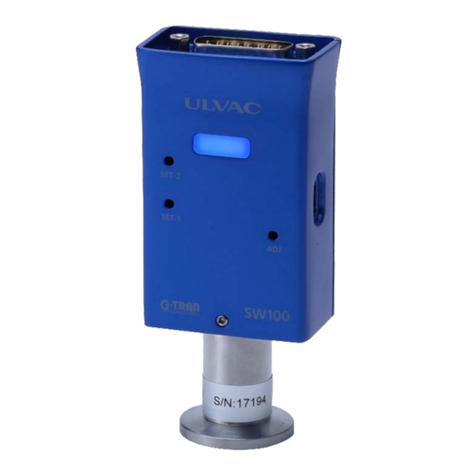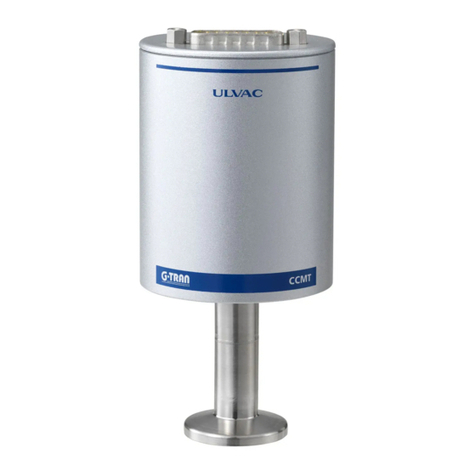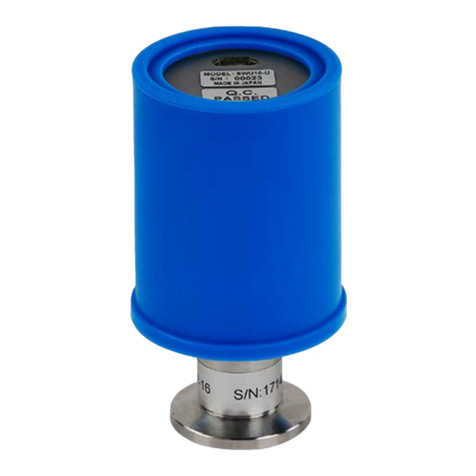
Contents
Contents
Page
Prior to Use ........................................................................................................................................... i
Safety Denotations ................................................................................................................................ i
Safety Cautions.................................................................................................................................... ii
Revision History..................................................................................................................................
ⅳ
1. OVERVIEW.................................................................................................................................1
1.1. SPECIFICATIONS ......................................................................................................................1
1.2. STANDARD ACCESSORIES ........................................................................................................1
1.3. OPTIONS .................................................................................................................................1
1.3.1. Sensor head....................................................................................................................2
1.3.2. Measuring unit................................................................................................................2
1.3.3. Sensor head cable...........................................................................................................2
1.3.4. Others.............................................................................................................................2
1.4. DESCRIPTION OF COMPONENTS ................................................................................................3
1.4.1. GP-1G............................................................................................................................3
1.4.2. GP-1G with case.............................................................................................................5
2. INSTALLING THE PIRANI GAUGE.........................................................................................7
2.1. PRELIMINARY OPERATION .......................................................................................................7
2.2. INSTALLATION.........................................................................................................................7
2.2.1. Installing the controller...................................................................................................7
2.2.2. Installing the sensor head................................................................................................8
2.2.3. Electrical connection ......................................................................................................8
2.2.4. A sensor head installation method to GP-H...................................................................10
3. OPERATING PROCEDURE.....................................................................................................11
3.1. HANDLING ............................................................................................................................11
3.2. RECORDER OUTPUT...............................................................................................................12
4. TROUBLESHOOTING..............................................................................................................14
5. APPENDIX .................................................................................................................................16
5.1. PRINCIPLES OF OPERATION ....................................................................................................16
5.2. TYPES OF GAS MEASURED AND INDICATION...........................................................................17
5.3. ACCURACY OF PIRANI VACUUM GAUGE.................................................................................19
6. WARRANTY..............................................................................................................................22
7. RELATED DRAWINGS............................................................................................................25
